Do Big Things: History, Ancestors and Villa Lewaro
Do Big Things: History, Ancestors and Villa Lewaro
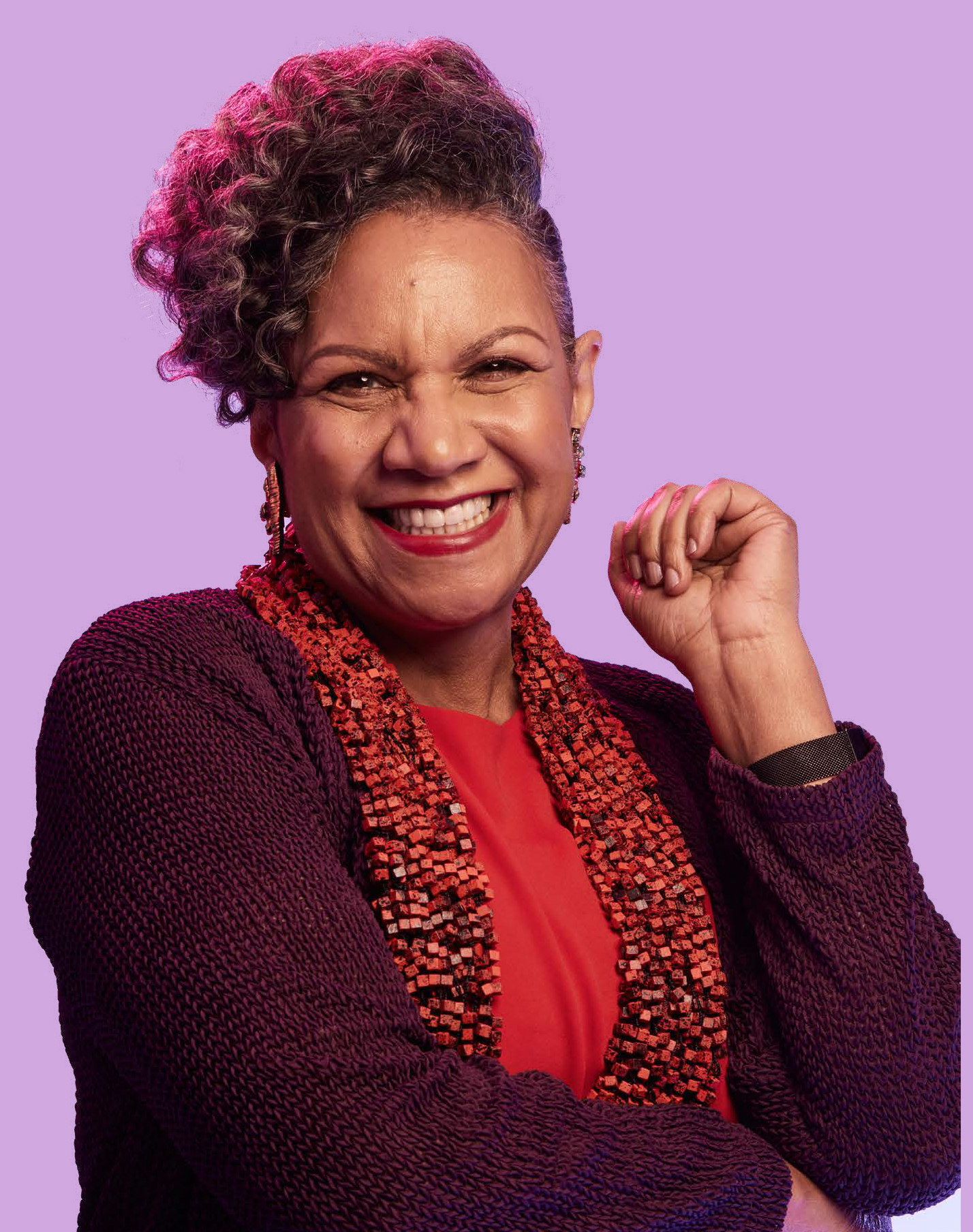
“Do Big Things”: Madam C.J. Walker’s Great-Great-Granddaughter on History, Ancestors, and Villa Lewaro
Every time I walk through the doors of Villa Lewaro — the mansion my great-great-grandmother, Madam C. J. Walker, called her “dream of dreams” — I always take a moment to imagine the ancestors and the magic they must have felt in these rooms. From the columns of its majestic portico to the balustrades of its grand terrace, the original stucco facade sparkled with marble dust and glistening grains of white sand when the washerwoman-turned-millionaire took possession in May 1918.
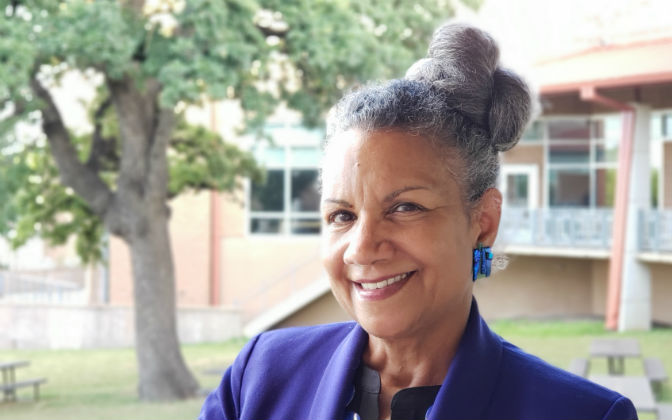
The New York Times pronounced it “a place fit for a fairy princess.” Enrico Caruso, the world-famous opera tenor, was so entranced by its similarity to estates in his native Naples that he coined the name “Lewaro” in honor of A’Lelia Walker Robinson, Madam Walker’s only daughter.
She also wanted to make a statement, so it was no accident that she purchased four and a half acres in Irvington-on-Hudson, New York, not far from Jay Gould’s Lyndhurst and John D. Rockefeller’s Kykuit amidst America’s wealthiest families. She directed Vertner Woodson Tandy — the architect who already had designed her opulent Harlem townhouse — to position the 34-room mansion close to the village’s main thoroughfare so it was easily visible by travelers en route from Manhattan to Albany.
Share with your Friends:
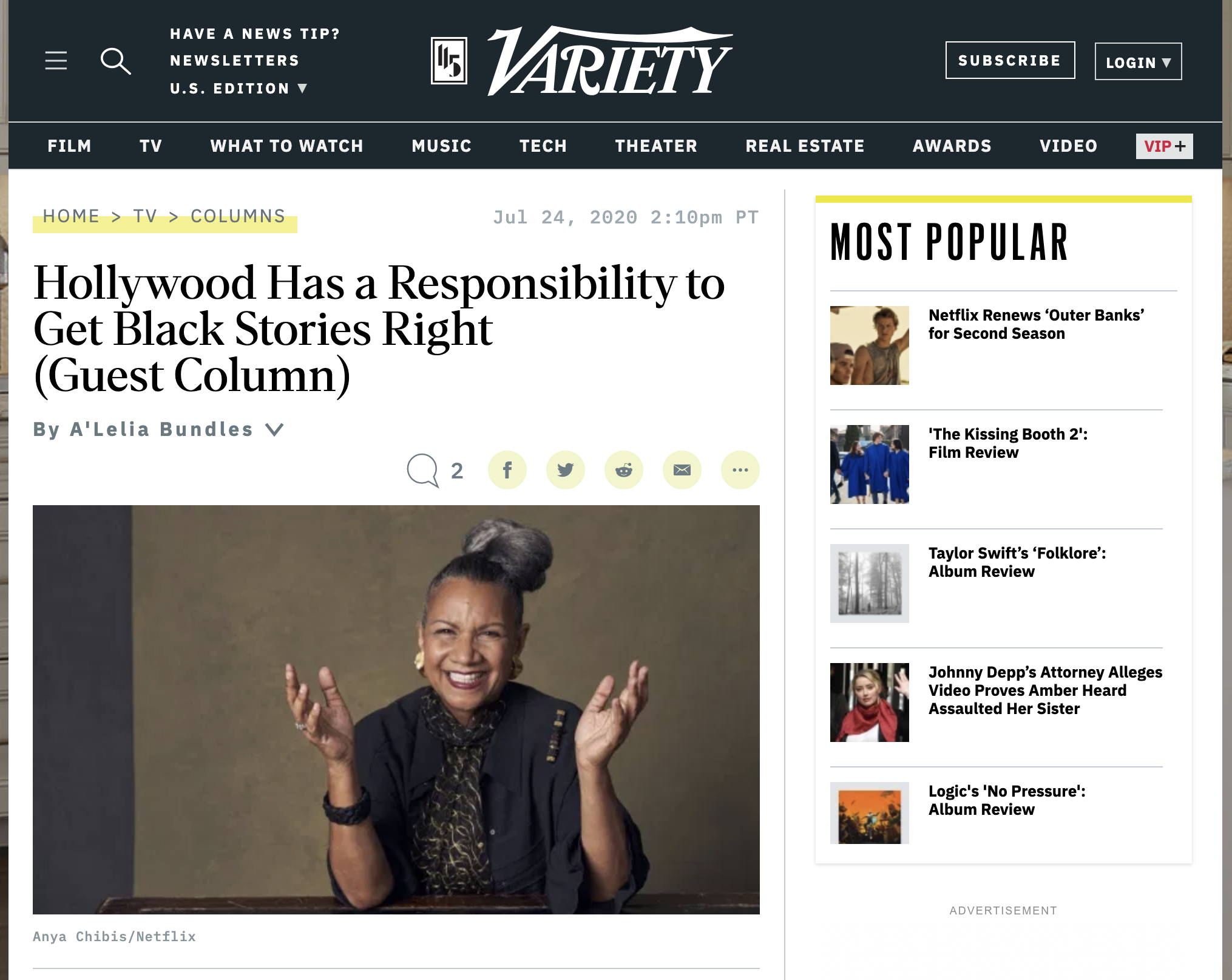



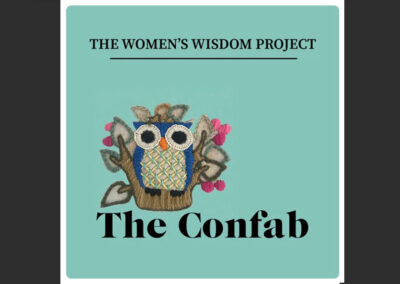

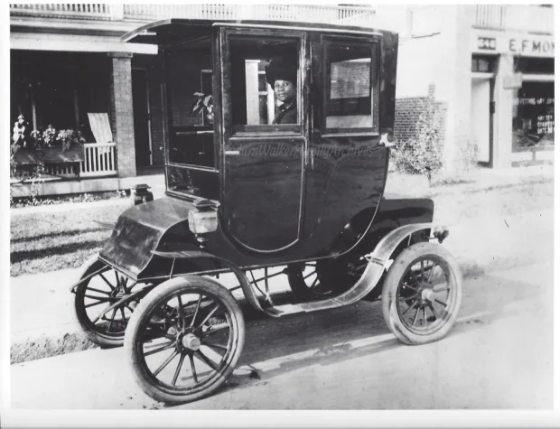
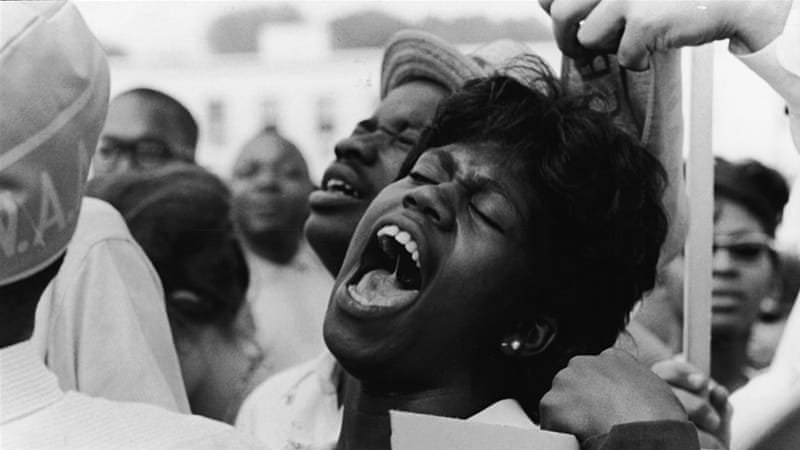
Recent Comments